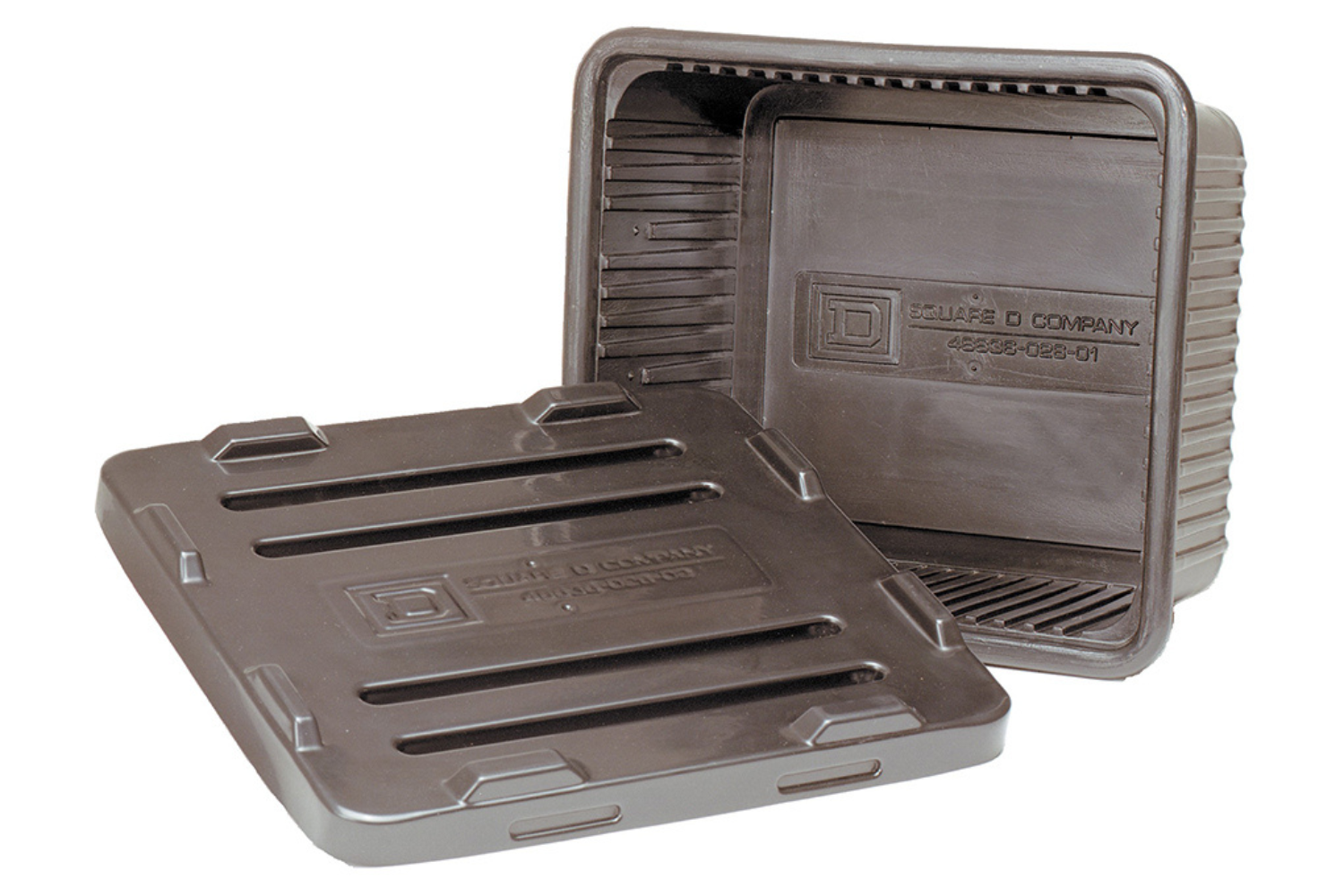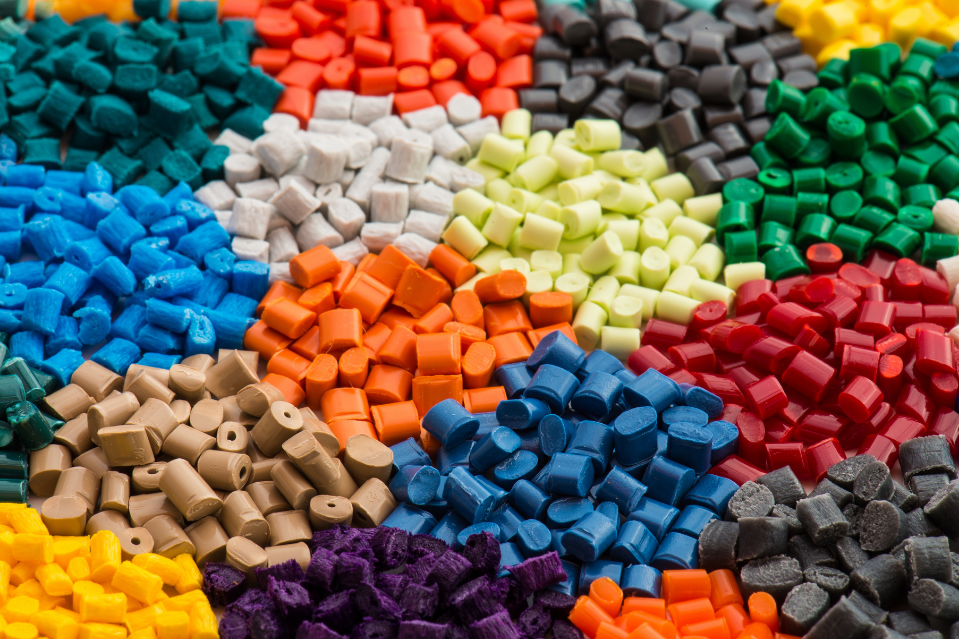What's the Real Difference Between Sheet Metal Fabrication and Thermoforming?
Picture this: you're staring at two completely different manufacturing worlds. Sheet metal fabrication begins with flat metal sheets—typically ranging from 0.006" to 0.250" thick—that undergo cutting, bending, welding, and finishing through multiple operations. Each bend requires its own setup, and complex shapes necessitate more steps, more time, and a greater opportunity for something to go wrong.
Thermoforming takes a completely different approach. It heats a plastic sheet until it becomes pliable, then forms it over a mold in one shot. No welding headaches. No assembly puzzles. Just heat, form, cool, and trim—that's it.
When Does Each Process Make Economic Sense?
Here's where it gets interesting: both processes absolutely shine in that sweet spot of 10s to 1,000s of parts per month—right where injection molding becomes overkill and hand fabrication crawls along too slowly.
Sheet metal works best when you need serious structural strength, have simple angular designs, or your existing infrastructure is already set up for metal work. Thermoforming wins when you need complex curves, lighter weight, or faster turnaround times. Here's a number that might surprise you: tooling costs for thermoforming can be up to 50% less than those for comparable metal fabrication setups.
Why Do Complex Curves Cost So Much More in Metal?
Every single curve in sheet metal means more operations, and more operations mean more money. A simple rounded corner requires relief cuts, bending, welding, and grinding. Compound curves? You can multiply that complexity by three or four.
Thermoforming pulls those same complex shapes from a single mold. Those flowing curves that would take a skilled fabricator hours to achieve in metal happen in seconds with thermoforming. It's almost like magic when you see it in action.
What About Strength and Durability?
Sure, metal is strong, but its corrosion resistance depends entirely on surface finish. One scratch through the coating and you've started the rust clock ticking. Thermoformed plastics resist corrosion naturally—no protective coating required.
Modern engineering plastics can be tuned for specific applications like a race car engine. Need impact resistance? Chemical resistance? UV stability? The material can be optimized without secondary treatments that add time and cost.
How Much Does Weight Really Matter?
Let me tell you about a real-world example that'll blow your mind: a 718-pound metal belt guard became a 38-pound thermoformed part. That's a 95% weight reduction. The maintenance crew went from needing a forklift to one person handling the job solo.
Common plastics weigh about half as much as aluminum and one-third as much as steel. Lower weight creates a cascade effect through the entire product lifecycle—cheaper shipping costs, easier installation, and less wear on equipment.
Which Process Gets to Market Faster?
Thermoforming prototypes in weeks. Metal fabrication prototypes in months. That's not an exaggeration.
A thermoforming tool can be ready in six weeks or less. Metal fabrication needs multiple fixtures, dies, and jigs—each requiring precise manufacturing and testing. Design changes? Just modify the thermoforming mold. With metal, you might need completely new fixtures, and that means starting from scratch.



